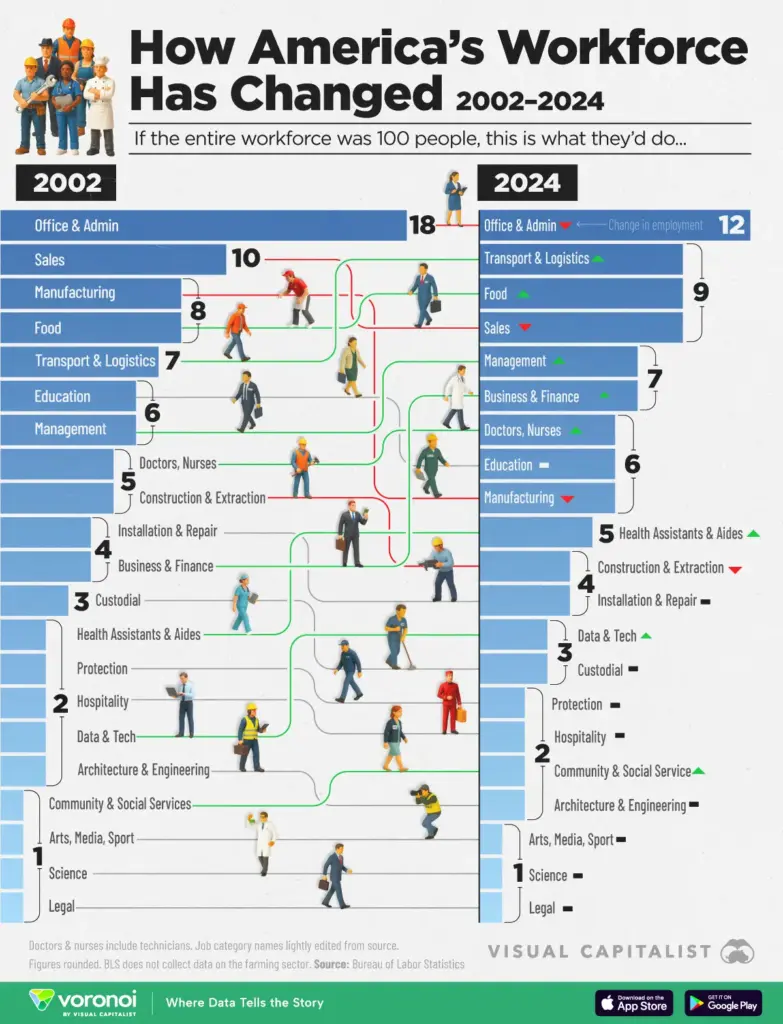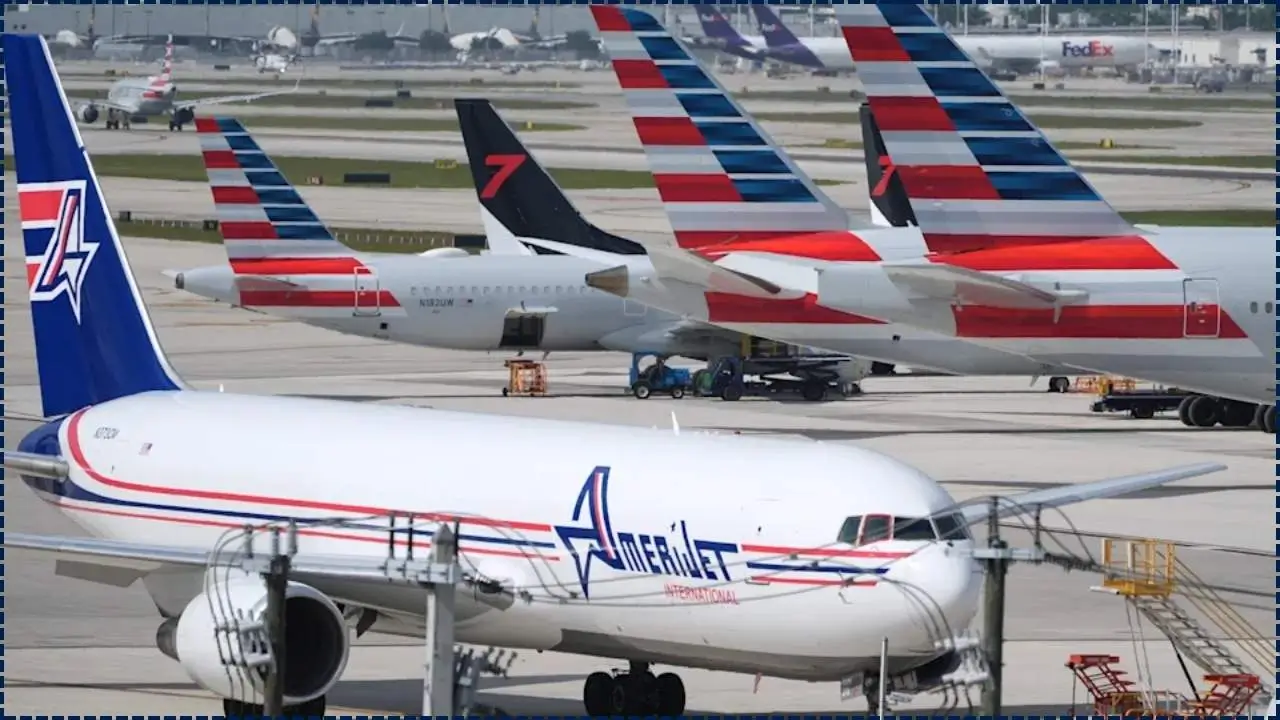An increasing number of U.S. startups, particularly in artificial intelligence and software development, are experimenting with the 9-9-6 work model—a schedule of 9 a.m. to 9 p.m., six days a week. The practice, imported from China’s tech sector, is sparking debate about productivity, worker health, and the future of U.S. work culture.

U.S. Work Culture Shift
| Key Fact | Detail/Statistic |
|---|---|
| Average U.S. weekly work hours in tech startups | 55–70 hours |
| Typical 9-9-6 schedule | 72 hours per week |
| Burnout reported among long-hour employees | 43% |
| Legal overtime threshold | 40 hours / week (FLSA) |
| Most affected sectors | AI, fintech, logistics startups |
From China’s Tech Hubs to U.S. Startups
The term “9-9-6”—nine to nine, six days a week—originated in China’s technology industry in the early 2010s, championed by founders at companies like Alibaba and Huawei. According to Wired, a similar ethos has begun taking hold in U.S. technology corridors, especially Silicon Valley and New York’s emerging AI scene.
Recruiters report job listings that openly request “70+ hour availability” or “commitment to extended product cycles.”
“Several American founders are importing not just the hours but the cultural mindset behind 9-9-6,” said Dr. Anya Sharma, a senior fellow at the Brookings Institution. “They believe rapid iteration outweighs concerns about fatigue.”

Why Companies Are Adopting 9-9-6
Competitive Pressure and AI Acceleration
Executives cite intense global competition, especially in AI and robotics, as a driving factor.
A 2025 Forbes report found that venture-backed firms under investor pressure to scale fast often justify the longer hours as “temporary surges.”
“Every week counts in AI,” said Evan Liu, chief operating officer at a San Francisco startup. “If we slow down, our competitor launches first.”
The “All-In” Startup Mentality
Some founders describe 9-9-6 as a cultural filter: those willing to join are presumed to be highly motivated. However, workplace analysts argue this creates self-selection that can reinforce overwork norms and diminish diversity.
“People without caregiving flexibility—often women or older employees—may be systematically excluded,” noted Dr. Carla Meadows, an economist at the University of California, Berkeley.
The Legal and Ethical Questions
Overtime and Classification
Under the Fair Labor Standards Act (FLSA), most U.S. employees must receive overtime pay for hours exceeding 40 per week unless classified as “exempt.” Legal specialists warn that misclassification—labeling workers as exempt when they are not—remains a growing liability.
“Startups are rarely structured for compliance,” said Mark Ritter, a labor attorney at Holland & Knight. “If they maintain 72-hour weeks without documentation, they’re inviting lawsuits.” In 2025, the U.S. Department of Labor proposed raising the salary threshold for exemption, a rule now under appeal, underscoring the tension between flexible innovation and fair-pay enforcement.
Human Impact: Burnout, Health, and Retention
Productivity vs. Diminishing Returns
Studies by the World Health Organization (WHO) and the International Labour Organization (ILO) show that working over 55 hours per week increases the risk of heart disease and stroke by 35 percent.
“After about 50 hours, cognitive output declines sharply,” said Dr. Mina Torres, an organizational psychologist at Columbia University. Despite short-term gains, she added, “chronic overwork ultimately erodes creativity and morale.”
Worker Perspectives
Some employees express pride in contributing to high-impact projects despite exhaustion.
“It’s exhilarating when we ship a new model every week,” said Kevin Park, a machine-learning engineer in Palo Alto. “But by the third month, everyone’s drained.”
Others quietly voice concern about blurred boundaries: “When your team chat pings at midnight, you answer,” one designer told Fast Company, requesting anonymity.
Cultural Context: A Reversal of the Post-Pandemic Trend
During the COVID-19 pandemic, many American workers gained flexibility through remote and hybrid work. A 2023 Pew Research Center survey found that 71 percent of remote-capable employees valued reduced commute times and improved family balance.
The spread of 9-9-6 marks a sharp reversal—one that some analysts call a “backlash against quiet quitting.”
“The pendulum is swinging from flexibility back to presenteeism,” said Dr. Linda Cho, a sociologist at New York University. “The message is that devotion must be visible again.”
Global Comparison
While China’s tech culture normalized 9-9-6 for years, it has recently faced backlash from labor authorities and public opinion. In 2021, China’s Supreme People’s Court ruled such schedules illegal under labor-law protections.
By contrast, the European Union enforces a 48-hour maximum average workweek under the Working Time Directive—a stark contrast to U.S. and Chinese norms. “The U.S. sits between these extremes: less protection than Europe, but more legal recourse than China,” said Dr. Sharma of Brookings.

Related Links
USDA Confirms 50% Cut on EBT Card Payments Amid Government Crisis — Millions Impacted
Confirmed – This Rare $100 Bill Becomes the Most Valuable in U.S. History, Worth Over $2 Million
Corporate and Policy Responses
Employer Adaptations
Some firms adopting longer hours are attempting safeguards: rotating rest days, higher compensation, or optional “deep-focus” sprints limited to specific projects.
“Extreme schedules must have an exit plan,” said Priya Das, human-resources director at Horizon Analytics, a Boston-based AI firm. “We rotate teams every six weeks to avoid burnout.”
Regulator and Union Reactions
Labor unions, including the Communications Workers of America (CWA), are urging the Department of Labor to issue updated guidance for overtime and digital-monitoring practices.
State agencies in California and New York have opened consultations on whether current wage-and-hour frameworks remain sufficient for AI-driven industries. “If 9-9-6 spreads, we’ll need modernized enforcement,” said CWA President Chris Shelton in a recent statement.
Outlook: A Test of Sustainability
Analysts suggest the experiment with 9-9-6 may prove self-limiting. While early productivity spikes appeal to investors, chronic fatigue could raise turnover and healthcare costs—negating gains.
“The fundamental question,” said Dr. Torres, “is whether the U.S. wants to measure success by hours worked or by innovation achieved.”
For now, 9-9-6 remains confined to select high-growth firms, but its spread marks a critical test of how far U.S. companies will stretch human capacity in pursuit of speed.





